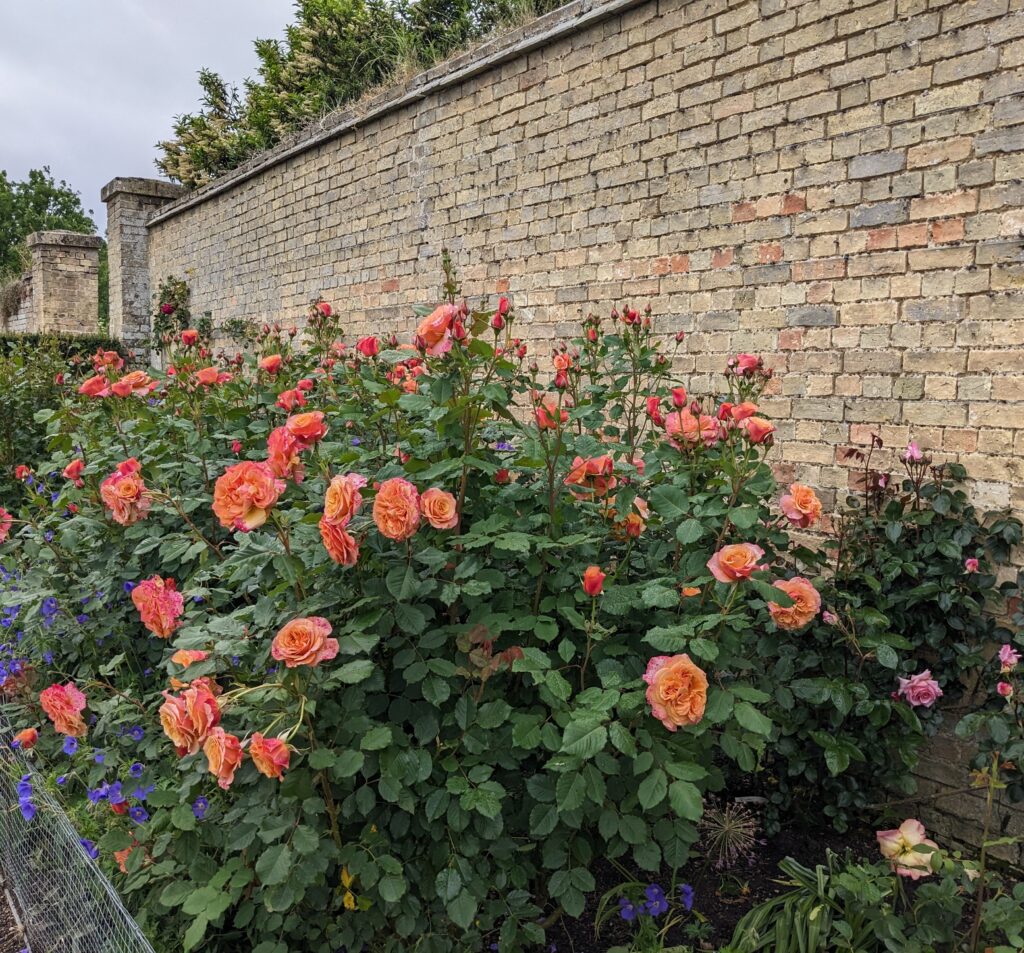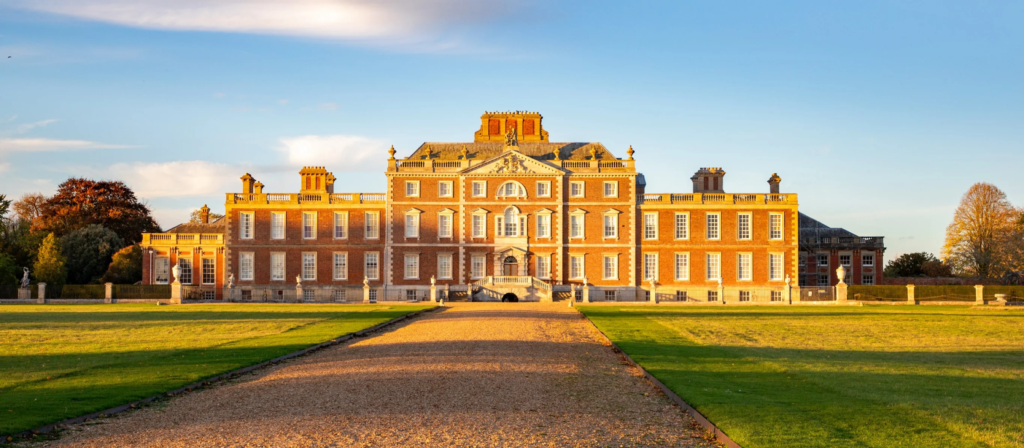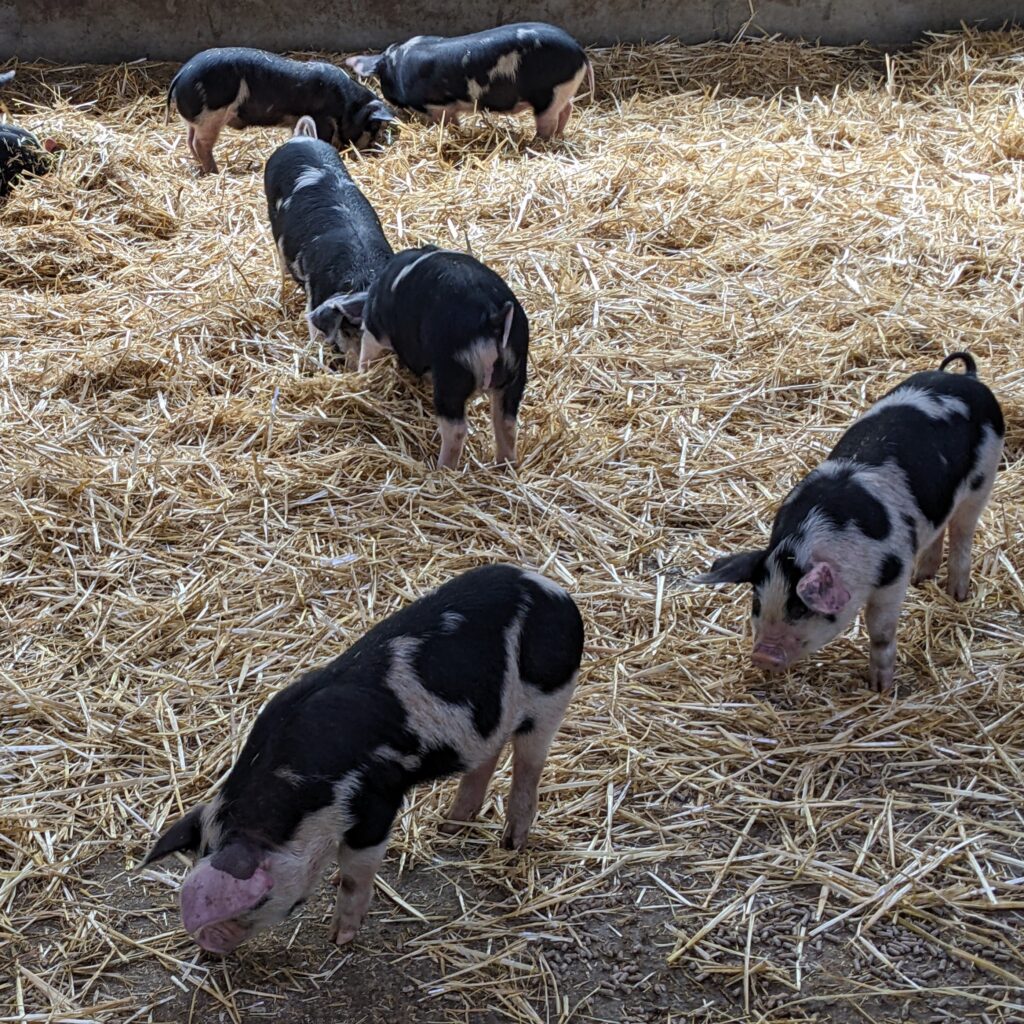
I have been waxing lyrical about the National Trust for the past few months, as we made plans to travel through the UK. The National Trust – in case you haven’t heard me mention it before – is a charity for heritage conservation in England, Wales and Northern Ireland, (Scotland has its own version, like its own government). Perhaps best known for its preservation of great estates and country houses, it also protects land, coastline and wildlife. Armed with my trusty membership card (pardon the pun) I intended to visit every property we passed, signposted with the ubiquitous oakleaf emblem. Luckily, when I discovered to my horror I had left my card on my desk in South Australia, the One & Only had pocketed his, so we are still on track.
The National Trust is probably the most effective and successful socialist step that Britain has ever taken for its people, and we have three significant individuals to thank for its creation. Octavia Hill was a dedicated social reformer, keen to alleviate poverty in the UK and provide open spaces for the poor. Sir Robert Hunter, a solicitor, was also interested in the conservation of public spaces. Hardwicke Drummond Rawnsley was an Anglican priest, poet, local politician and conservationist. In 1893 these three friends agreed to set up a national body to acquire vulnerable properties and preserve them for the nation. The Trust was founded on January 12, 1895 as the “National Trust for Places of Historic Interest or Natural Beauty”, which is still its legal name.
Since 1895, the National Trust has grown enormously in members, funds, land and properties. Large areas in the Lakes District, the Peak District and along the Devon and Cornwall Coast were donated to or bought by the Trust through the 1920s and 30s. After World War II the National Land Fund was set up by the government as a “thank-offering for victory”, using money from the sale of surplus war stores to acquire property in the national interest. The scheme also allowed for historic houses and land that was left to the government in payment of death duties to be transferred to the Trust.
From 1970-2000, Trust membership numbers rose from 160,000 to over two million thanks in part to improved public relations and regional information officers. Opening of tea rooms and souvenir shops in Trust properties proved another worthwhile fund raising venture during the 1970s. Plays, concerts, and educational activities performed on various properties also encouraged visitors. Many are the Shakespearean plays or concerts we have enjoyed at Standen House, Ightham Mote and beyond over the years. By 2020, the Trust had 5.95 million members, and over 53,000 volunteers.
Today, the National Trust holds almost 250,000 hectares of land and 1,260 km of coastline on behalf of the British people. Its portfolio includes more than 500 historic houses, castles, archaeological and industrial monuments, villages pubs, lighthouses and barns. Financially, it is supported by membership subscriptions, donations and legacies, property income, and profits from its shops, restaurants, and investments. It also receives generous grants from organisations such as the National Lottery Heritage Fund. All this makes The National Trust the largest private landowner in the United Kingdom, providing a vast amount of green space on this small and crowded island, not to mention maintaining pockets of its glorious history for the appreciation of the British people.
Enough waxing. I shall now give you an example of one of the wonderful sites we have visited since we landed here, one I found years ago when the kids were small.
Wimpole Estate in Cambridgeshire consists of a working farm, a Georgian mansion, acres of parkland, a walled garden and a rare breed farm, where the kids can pet the piglets and the enormous Shire horses.
It was a long walk from the carpark, but at this time of year, through lush woodland, it was lovely. We went first to the house, where we were instructed as to how to proceed through the various rooms, and then began the adventure of exploring.

The acres around Wimpole have apparently been farmed since the Iron Age. Since then, it has been through the hands of many wealthy and illustrious families. The earliest map shows a moated medieval manor house within 200 acres of deer park. In the mid-seventeenth century, this was demolished by its owner, Thomas Chicheley, and replaced by a grander, more modern house. Sadly, Chicheley spent so much on its creation that he was forced to sell the entire property in 1686.
Over the next two and a half centuries, the house changed hands about a dozen times, sometimes by heredity, sometimes due to gambling debts or financial strain. At some point, Capability Brown dropped by to landscape the grounds. One resident earl collected a vast library of books and manuscripts that still exists today. Each owner left their mark on the property, by adding a chapel here or a folly there, extending the house or altering the layout. The final private owner was Rudyard Kipling’s only surviving daughter, Elsie. She and her husband, the British diplomat George Bainbridge, bought the estate in 1942, and Elsie used the substantial royalties from her father’s books to refurbish the house. Unfortunately, these were not sufficient to maintain the entire estate, and several buildings had to be demolished, including the east servant’s wing and a part of the Orangery. Never having had children, Elsie bequeathed the property and its contents to the National Trust, who have continued to maintain the property since her death in 1976.
What will I remember later? The library, certainly. Two huge rooms lined with bookshelves that reach to the ceiling, containing 10,000 books. It was designed for the Earl of Oxford by Scottish architect James Gibbs, who designed the Radcliffe Camera in Oxford, and in fact remodelled the entire house at Wimpole in the eighteenth century. The chapel, with its trompe l’oeil murals, was decorated by painter James Thornhill (who decorated the dome at St Paul’s Cathedral) around 1720 in the Italian baroque tradition. The chapel was never consecrated, however, but given the parish church of St Andrew’s is a two minute stroll across the front lawn, it seemed a bit of a needless extravagance anyway!
Lunch was a simple sandwich at the Old Rectory café, although I also succumbed to a piece of medlar cake with clotted cream. A medlar fruit looks similar to a loquat, althought the tree itself is quite different. Shrub-like and deciduous, as opposed to the ever-green loquat tree, the medlar is harvested in winter. Eat medlars too early and you will get a terrible stomach-ache, as they are only edible when over-ripe, or ‘bletted’. Isn’t that a great word? They are granular in texture, with big seeds, like the Philippine chico. Once used medicinally, it can be eaten raw with a spoon, if properly ‘bletted’. It can also be baked, roasted, made into jelly or tarts, or turned into brandy or cider. Or, in this case, a moist cake. We sat in the sun, overlooking the lawns and enjoying a little people-watching, before wandering on to the walled garden through banks of wild grasses and wildflowers.
The walled garden is a particular Wimpole delight. Its walls were constructed of red handmade bricks back in the 1790s and apparently the walls were even heated to keep the peaches warm in case of spring frosts. Its four-and-a-half-acres had been overrun by grass when it was taken on by the National Trust. Restoration began in the early 1990s, and it is now a maze of pathways, espaliered fruit, herbaceous borders and vegetables integrated with colourful floral displays. This giant veggie patch is, of course, organic, producing a broad variety of vegetables and fruit that not only supply the Old Rectory café but is sold to visitors and donated to the Harston Hub Foodbank.
The grand finale of today’s visit was the home farm, where I was able to scratch behind the ears of some gorgeous cream and copper piglets known as Oxford Sandy and Black. The oldest known breed of domesticated British pig, it was almost extinct by the end of the twentieth century. Today, it’s numbers have been restored, and if you have ever watched Clarkson’s Farm, Jeremy has the same breed at Diddley Squat.
Likewise, Wimpole has several rare breeds of cows, sheep and goats. But it is the stately shire horses that tend to get the most attention. There are five of these calm and gentle giants at Wimpole: Murphy, Jasper, Lady, Queenie and Stanley. Generally, the stallions reach about 17 hands
Long popular with farmers as draught horses to pull ploughs, there were once a million Shire horses working the land in Britain. Today, there are fewer than 3,000. A ‘normal’ riding horse typically averages 15 hands in height and will live 20-30 years. Draught horses can live up to 45 years and measure between 16–18 hands – although one exceptional Belgian gelding apparently reached more than twenty. Apparently they can be ridden, but it would take a more flexible rider than I, and a long ladder to reach the saddle!
With thanks to the One & Only and the National Trust website for the photos – although the pigs were far more coppery than they look in this photo!

